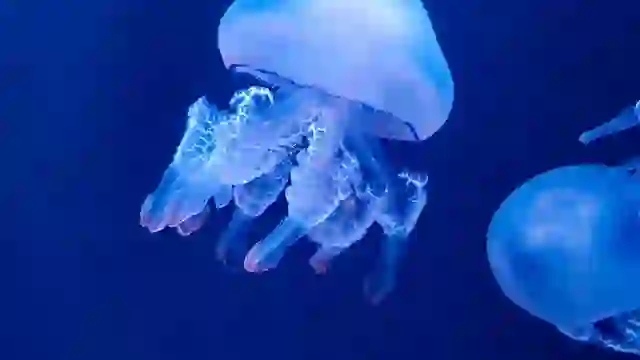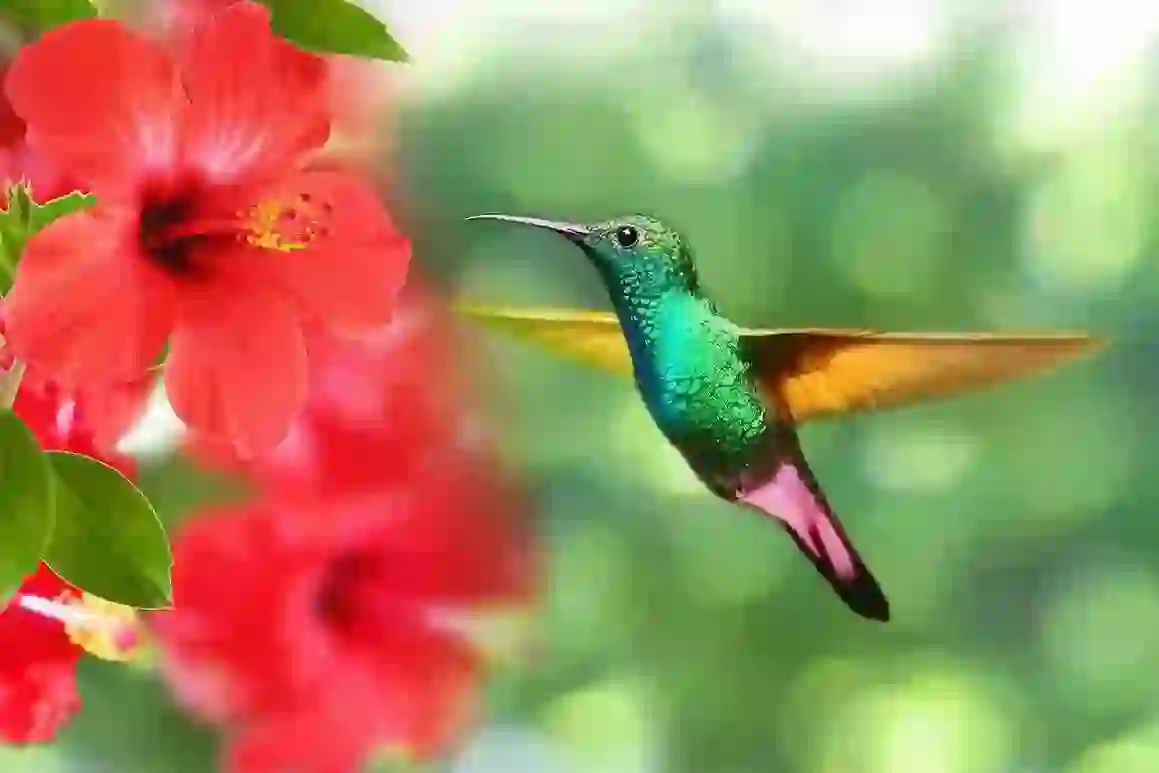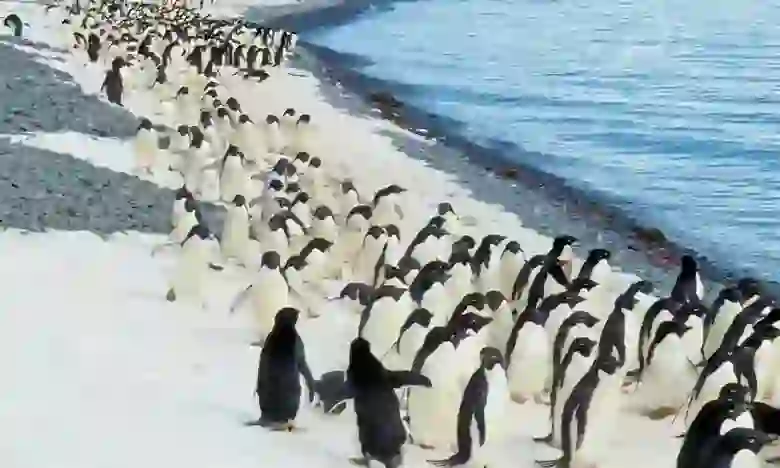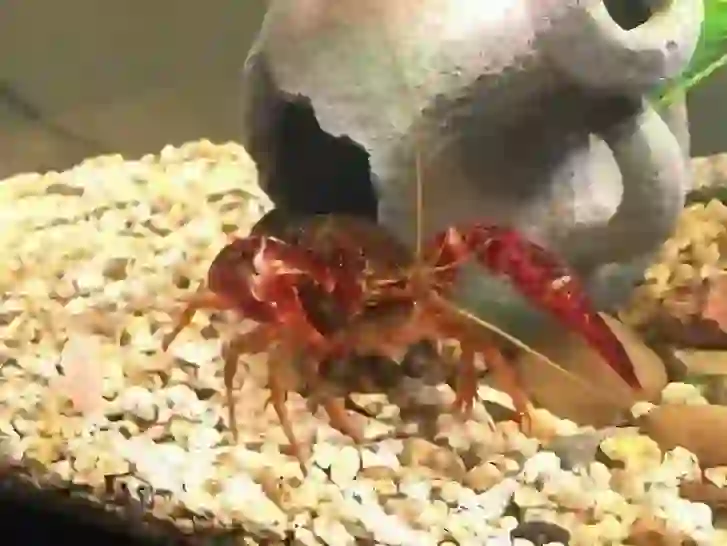
Crayfish
Crayfish
Crayfish
Have you heard of the creature called 'Crayfish'? It's a very familiar animal, known to many people. It’s also famous for pinching the noses of comedians, bringing us entertainment. Let's introduce the crayfish!
Crayfish Basic Infomation
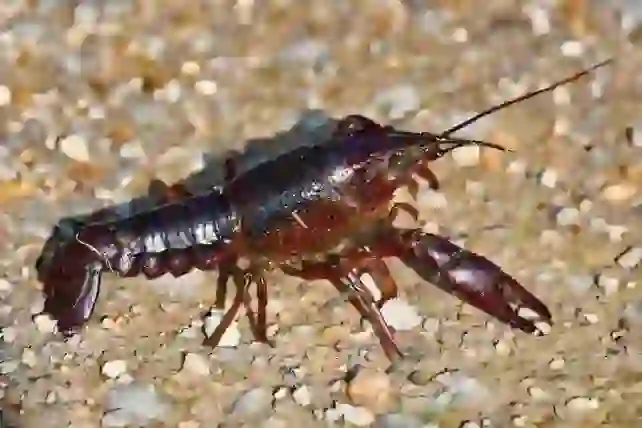
Basic Information
Class: Malacostraca Order: Decapoda Suborder: Astacidea and Parastacoidea Body Length: 3-90cm Crayfish come in many varieties and inhabit places like Europe, Central America, Eastern and Central North America, Eastern and Southern South America, the Korean Peninsula, Northeast Asia, Australia, Oceania, Madagascar, and Japan. Despite their name, crayfish are more closely related to shrimp than crabs. They have a body that looks like a combination of a shrimp and a crab, with a long, slender body like a shrimp and large pincers like a crab. Most people who have seen a crayfish will recognize their red coloration. This red color comes from the pigments in the food they eat. If they are fed food without red pigments, they can turn blue or white. Crayfish have large pincers and a relatively small body. To maintain balance, they use small antennae filled with sand. When they molt, they lose the sand and need to refill it to maintain their balance. You can distinguish between male and female crayfish by the size of their pincers. Males have larger pincers, while females have longer abdominal legs, which they use to carry eggs. The easiest way to tell them apart is by the size of their pincers.
Crayfish Q&A

What is the Origin of the Name Crayfish?
The name 'crayfish' originally comes from the Japanese word 'izarigani,' which means 'crawling crab.' Over time, this word was shortened to 'zarigani.' In some regions, they are also called 'ebigani,' reflecting their appearance as a mix between shrimp ('ebi') and crab ('kani'). The English name 'crayfish' is derived from the Middle French word 'crevice.'
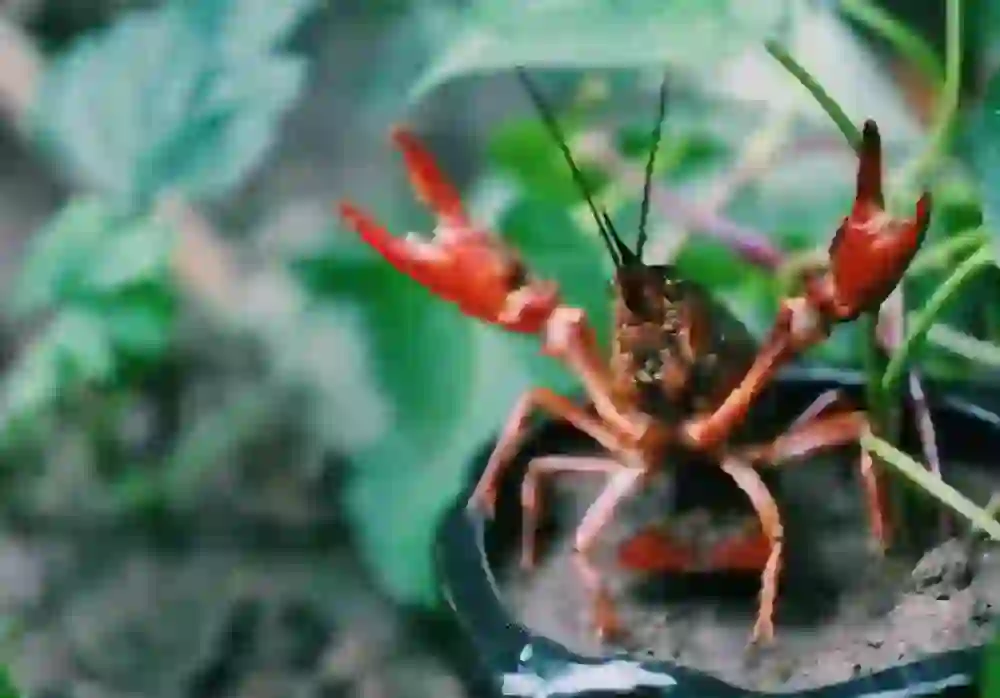
Why Do Crayfish Live Where They Do?
Crayfish inhabit freshwater environments like rivers, lakes, ponds, irrigation channels, and rice paddies. While many people associate them with dirty water, some species can only live in clean water. The widespread impression of crayfish living in murky water likely comes from the American crayfish, an invasive species that can survive in various conditions, including polluted environments. However, even American crayfish cannot live in extremely dirty water and prefer cleaner environments.
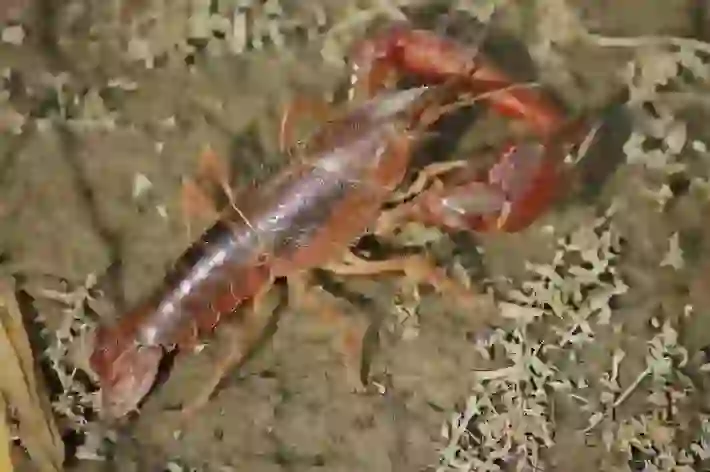
What Do Crayfish Eat?
Crayfish are omnivores and eat aquatic plants, leaves, algae, mollusks, aquatic insects, worms, crustaceans, tadpoles, small fish, and fish eggs. Fish like crucian carp and koi are both predators and prey for crayfish. While these fish eat crayfish larvae, crayfish also eat the young of these fish, creating a mutual predation relationship.
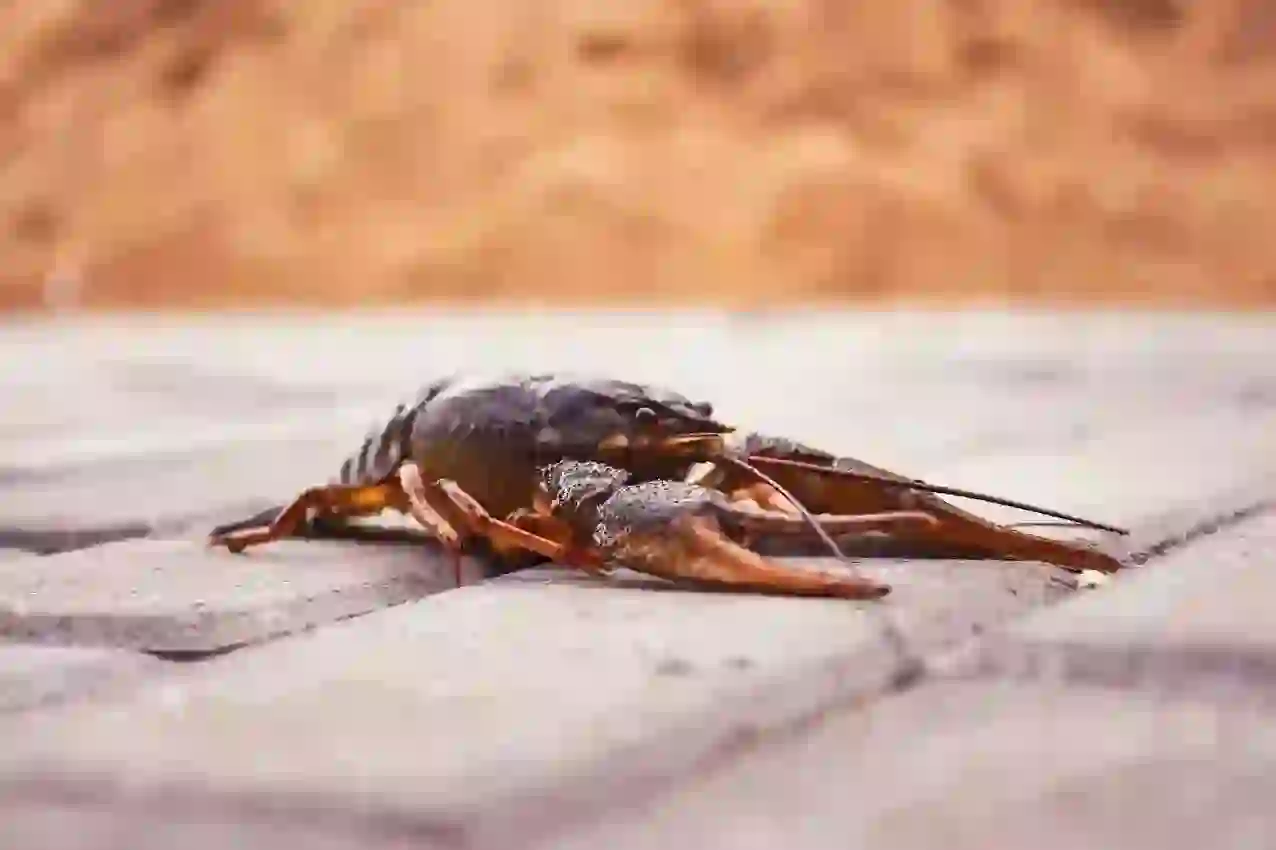
Do Female Crayfish Carry Many Eggs on Their Abdomens?
Crayfish breed once a year, laying eggs during the warm season. Before laying eggs, the female's abdomen turns white, and she lays eggs while lying on the bottom of the water. The female carries 200-1,000 eggs on her abdomen, carefully tending to them. She fans fresh water over the eggs with her legs and cleans them, ensuring the eggs hatch in 2-3 weeks. Even after hatching, the young cling to their mother's abdomen for about two weeks before becoming independent.
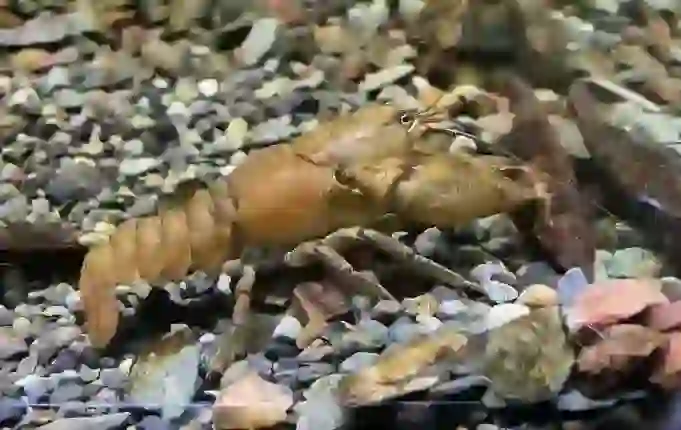
Can Crayfish Be Kept as Pets?
Crayfish are popular pets, easily caught in irrigation channels or purchased from pet shops. However, keeping crayfish requires responsibility. While American crayfish can be caught and kept, releasing them back into the wild is prohibited. Proper care includes using a glass tank, as crayfish can scratch plastic, and a high container with a secure lid to prevent escapes. Crayfish prefer to be kept alone due to their cannibalistic tendencies, but larger tanks can house multiple crayfish. Water depth depends on whether a filter is used. With a filter, fill the tank with enough water for the filter to work. Without a filter, keep the water level low to avoid drowning. Provide climbing structures like driftwood and hiding places like pipes or flowerpots, as well as aquatic plants for food and water purification. Change the water regularly, depending on whether a filter is used. Crayfish need sand in their antennae for balance, so provide fine sand. They are omnivores and eat a variety of foods, including commercial feed, live worms, and vegetables. Crayfish molt every two weeks, eating their old shell for calcium. Keep newly molted crayfish separate to avoid predation by tank mates.
_optimized.webp?alt=media)
Are American Crayfish Unpopular?
The only native crayfish species in Japan is the Japanese crayfish, while all others are introduced. The American crayfish, in particular, has thrived in Japan due to its ability to survive in poor conditions and reproduce rapidly. However, American crayfish disrupt local ecosystems by eating endangered fish and aquatic insects, depleting these populations. They also consume aquatic plants, leading to poorer water quality and further loss of native species. Additionally, they burrow into rice paddies, causing water leakage and crop damage. American crayfish also carry a fungus that is deadly to the native Japanese crayfish. Despite these issues, the introduction and release of American crayfish into the wild were human actions. The decline of natural predators due to water usage in agriculture may have also contributed to their population growth.
_(14690855967)_optimized.webp?alt=media)
How Should We Deal with American Crayfish?
In 2020, all non-native crayfish species except the American crayfish were designated as 'Invasive Alien Species,' making it illegal to import, sell, or release them. The American crayfish was not included due to its established presence and popularity as a pet. To prevent worsening the situation, new regulations will take effect on June 1, 2023, allowing capture and keeping of American crayfish for non-commercial purposes but prohibiting release. If a crayfish can no longer be kept, it must be humanely euthanized by freezing for a week, followed by proper disposal as specified by local regulations. This measure aims to ensure responsible pet ownership and prevent ecological damage.

Would you like to become a part of the 'Animalbook.jp'?
Turn your knowledge into Q&A and share it with the world. ※Publication will be activated after purchase. Let's share information together!
Crayfish Type of List
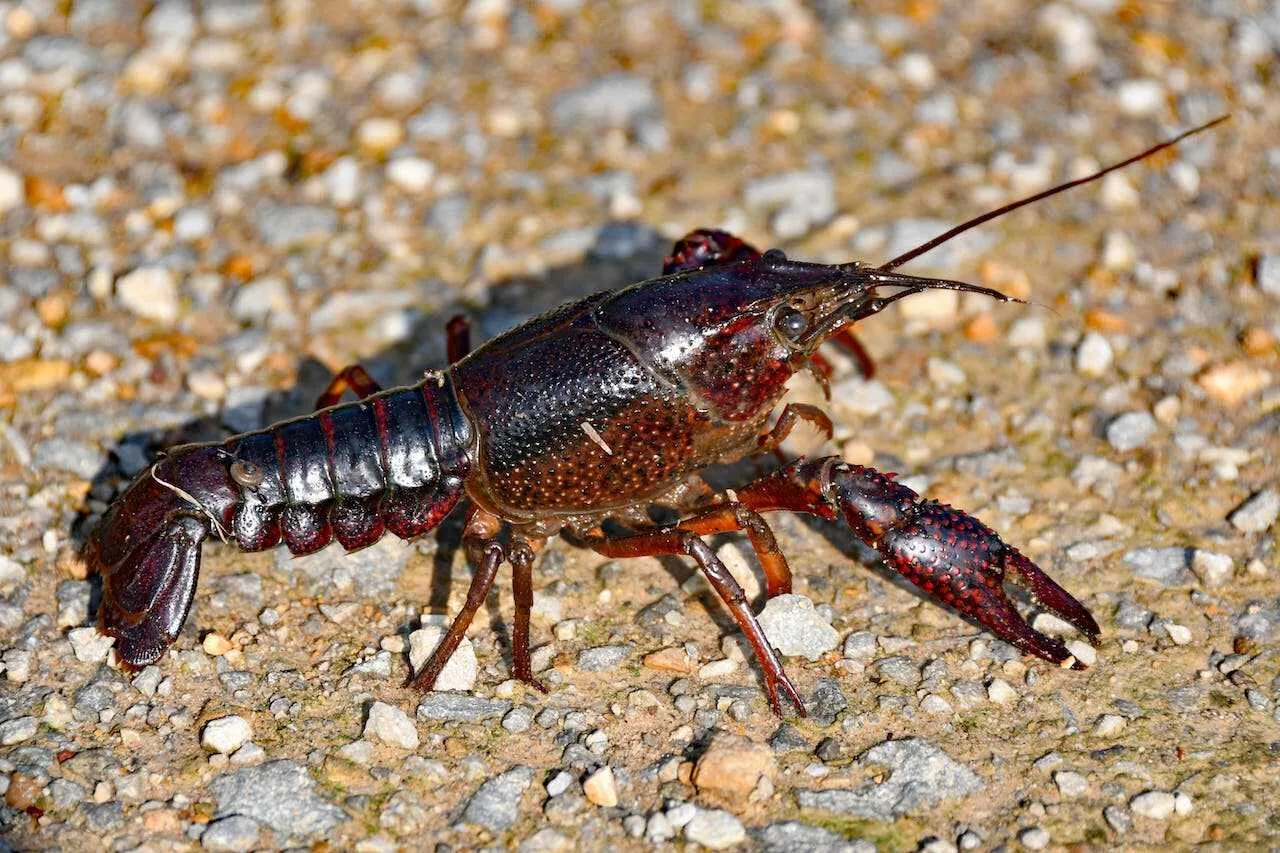
・ヨーロッパザリガニ ・トルコザリガニ ・ホワイトフットクレイフィッシュ ・ウチダザリガニ ・ニホンザリガニ ・チョウセンザリガニ ・マンシュウザリガニ ・ラスティークレイフィッシュ ・フロリダザリガニ ・アメリカザリガニ ・カテマコザリガニ ・コモンヤビー ・クーナック ・レッドクロウ ・ジルギー ・マロン ・タスマニアオオザリガニ
Information
Congratulations! You are the first commenter!

Create Your Favorite List!
Crayfish
Save the animals you love! Build your own list to quickly revisit your favorites later.

Would you like to leave a comment?
※Please note: This is for the purchase of rights to post comments within the article.
Find Your Favorites!
Our shop offers a unique and attractive selection of goods themed around various animals.
Crayfish References

Crayfish Introduction of media used

出典:https://www.pexels.com/ja-jp/photo/17441481/

出典:https://unsplash.com/ja/写真/鉢植えのザリガニ-j1qKA_Z3YvU

出典:https://pixabay.com/ja/photos/淡水ザリガニ-海老のキラー-4494373/

出典:https://pixabay.com/ja/photos/ザリガニ-淡水甲殻類-7432141/
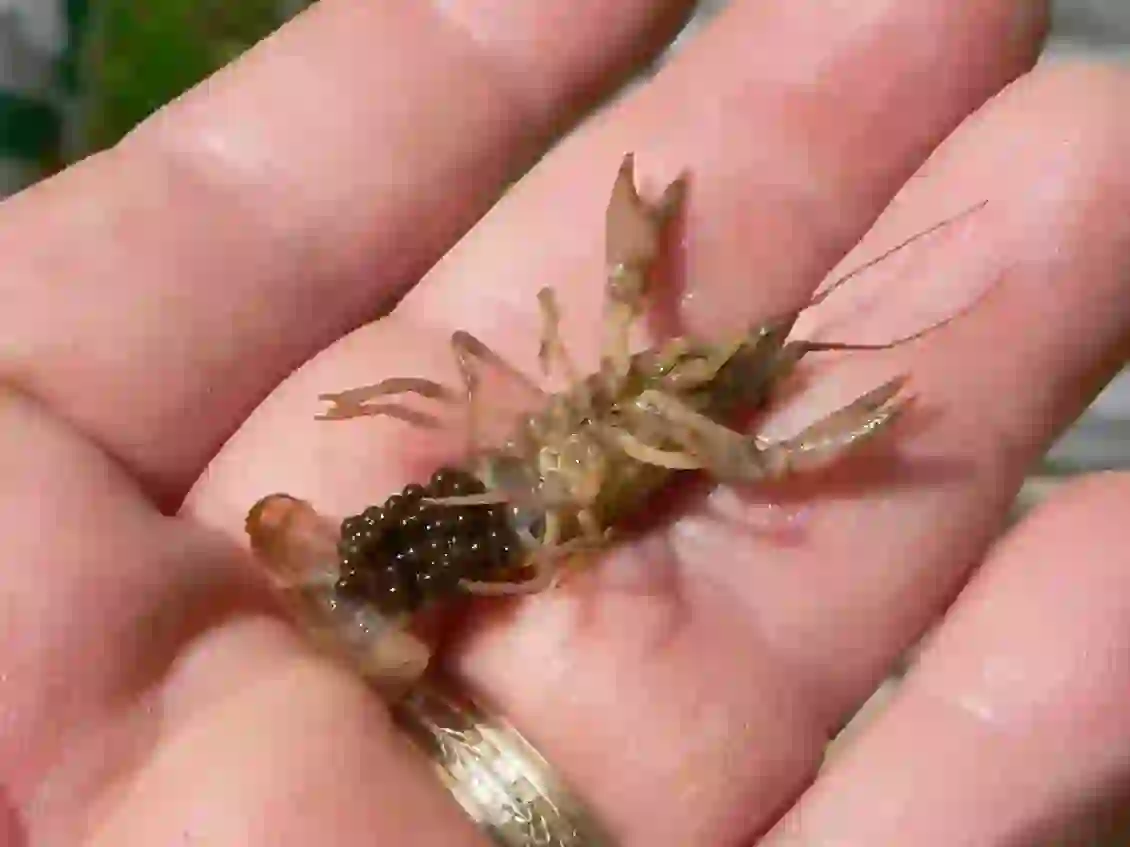
出典:https://commons.wikimedia.org/wiki/File:CrayfishEggs.jpg
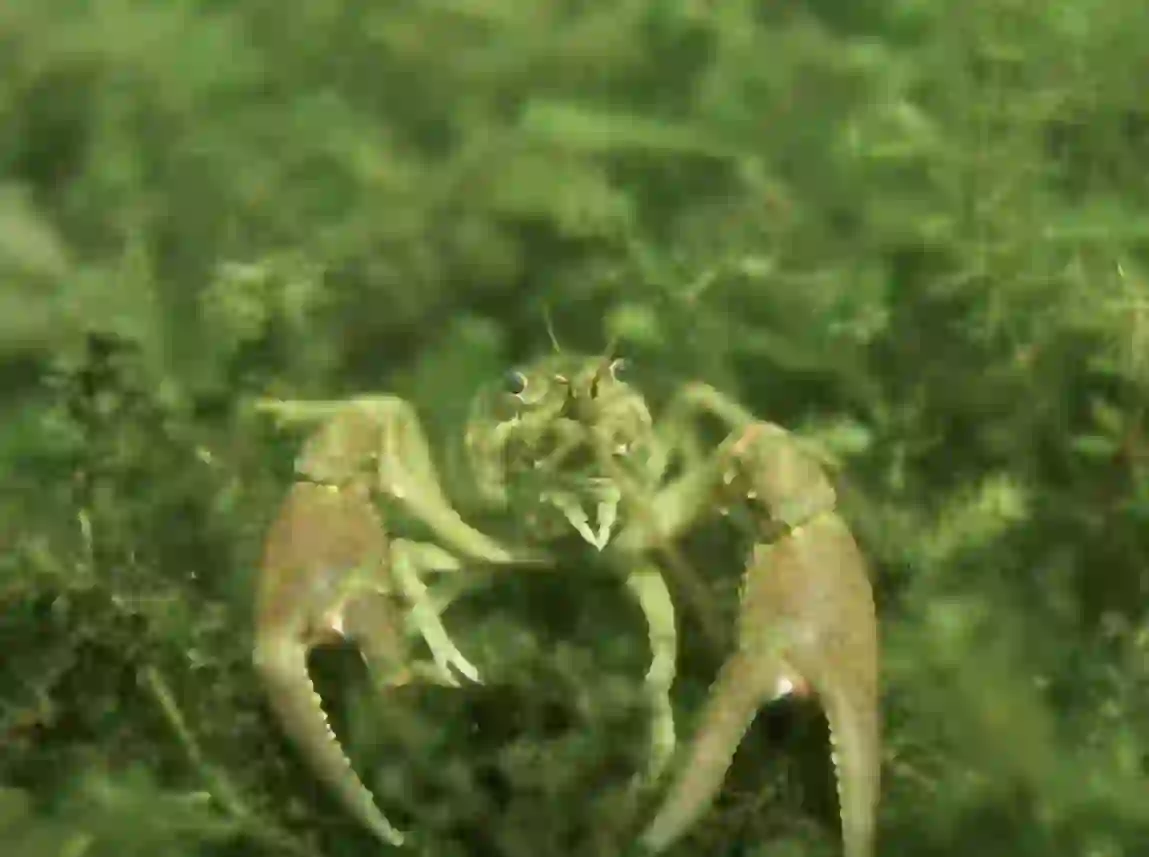
出典:https://pixabay.com/ja/photos/ザリガニ-水中-風景-自然-386975/

Help Enrich Our Animalbook.jp with Your Media!
We are constantly looking to expand and enrich our Animalbook.jp with amazing photos and videos of animals. If you have any media that you'd like to share, please contribute and help us showcase the beauty and diversity of the animal kingdom. Your submissions will be credited and featured in our encyclopedia, reaching a wide audience of animal lovers.




